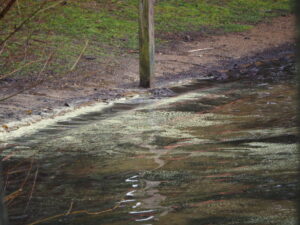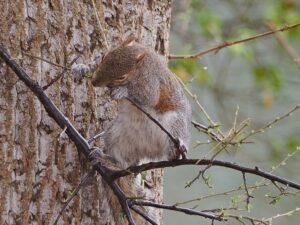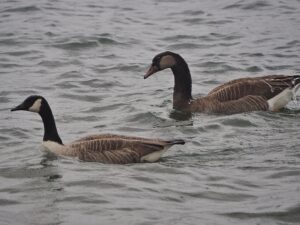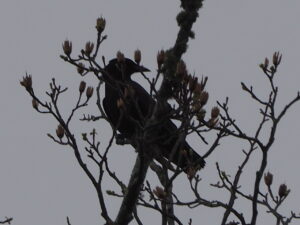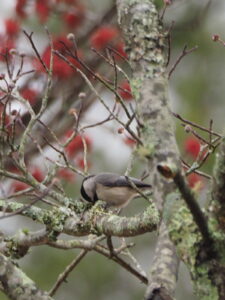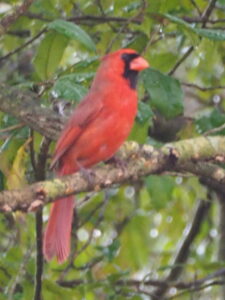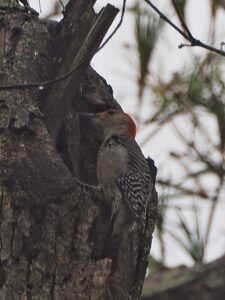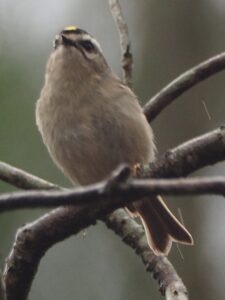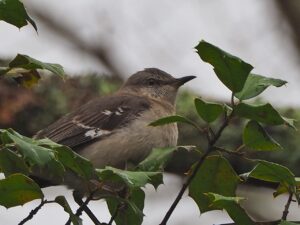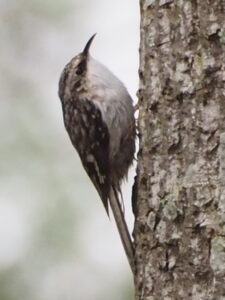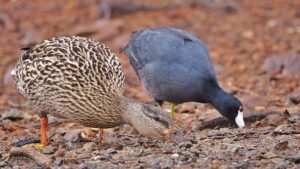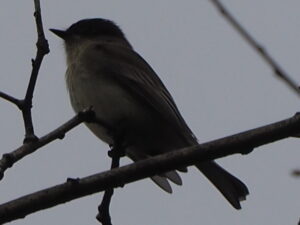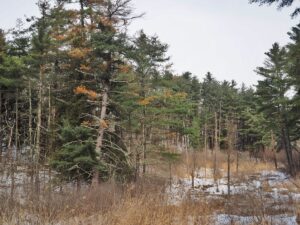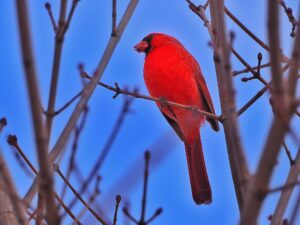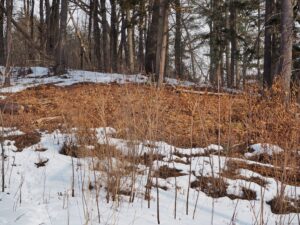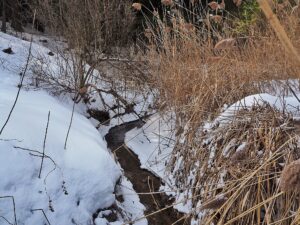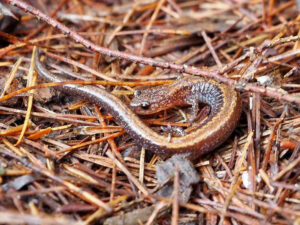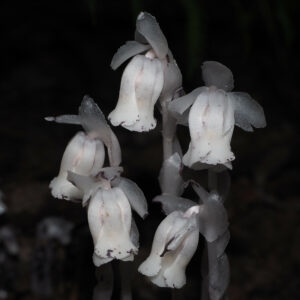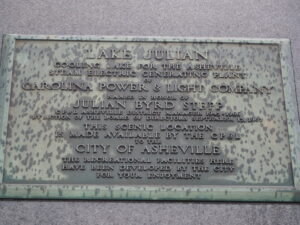
This plaque commemorates Jullian Pond as a recreational area and cooling lake for the nearby Ashville Coal Plant. This area is the epicenter for outdoor recreation for Ashville and neighboring towns in Buncombe County. Buncombe County promotes a multitude of activities such as picnicking, boating, fishing, and special events (Fourth of July).
To enjoy my spring break I am in Asheville, North Carolina to support my mother in her half marathon. Traveling south I am surprised how Ashville in March is similar to late-spring in Vermont. As my phenology spot is currently transitioning into spring, I can observe some current springtime in North Carolina at Jullian Pond. Jullian Pond is a recreational area that was bought by Jullian Price in the early twentieth century as a gift to his employees and residents of Asheville to enjoy “the area’s natural beauty” according to the National Park Service. Currently, it still runs as a recreational area as a playground, rowing area, fishing, camping, hiking, and more. Other than recreational uses it is a cooling pond for the Asheville Plant across the pond. Despite the natural beauty and appreciation of nature through outdoor recreation, there is a two-unit 376-megawatt coal-fired plant burning coal and natural gases ran by Duke Energy. Running since 1964, eighteen years past Jullian Price’s death, this coal plant has a dominant presence in the community. I do not know the full extent the plant exerts on Jullian Pond or the surrounding area, The noxious-looking clouds do look dooming, yet the amount of biodiversity at Jullian Pond is stunning. This is similar to my phenology spot in that amongst the towering eastern white pines there is a looming powerline and retention pond. It may not be the image in mind when exploring the wilderness, yet is vital to nearby communities in Burlington and Ashville. However, a powerline/retention pond is much different from a coal plant and needs to be addressed carefully in order to reduce carbon emissions, maintain environmental health, and the status of nearby communities. If all of these criteria are met I can accept this plant running for a balance between human and environment health is paramount.

This landscape shows a variety of structures man-made and natural. Working left to right is the Ashville Coal Plant, connected powerlines that run to nearby counties, mountains apart of the blue ridge crossing, and lastly a clearing apart of a residential area.
https://www.google.com/maps/d/edit?hl=en&mid=1teTvFvKXzV9hRODV9aumXVN1MxPTruou&ll=35.48111720344632%2C-82.53855155152087&z=17
https://www.buncombecounty.org/Governing/Depts/Parks/Facilities/Parks/LakeJulian.aspx
https://www.nps.gov/blri/planyourvisit/julian-price-trails.htmhttps://www.duke-energy.com/our-company/about-us/power-plants/asheville-plant
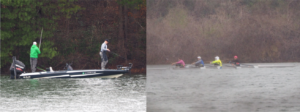
Here shows some recreational activity seen here at Jullian Pond such as fishing and rowing. Talking with these anglers before they launched there boat there is catfish, bass, and even stocked Tilapia for fishing. On the right, I saw a rowing team on the lake navigating the straight outlets from the shore. Looking at the shape of the lake it seems beneficial for it has open water and narrow-like streams and is one of the only large water bodies in landlocked western North Carolina.
In terms of vegetation, Jullian Pond resembles my phenology spot in a permanent spring/summer state. The number of leaf-retaining trees and neotropical migrants reminds me the first time I saw my phenology spot in Septemeber. The woody vegetation I saw included: American Holly, American Sycamore, Eastern White Pine, Pitch Pine, Red Spruce, White Oak, Red Maple, Sugar Maple, and Chery Blossoms (planted ornamental). Some of these tree species can be found at my phenology spot such as Eastern White Pine and White Oak, yet American Holly and Cherry Blossoms are not found. In addition, my phenology spot has a more natural forest composition as for it is apart of a natural preserve area, while at Jullian Pond the forest composition was scattered since it was a recreational area. Jullian Pond’s forest structure is fragmented by cross-linking roads to allow access to different facilities such as campsites, fishing outlets, and different playgrounds. It may not be a natural forest structure as my phenology spot, yet nonetheless, still, be enjoyed by all those in Ashville.
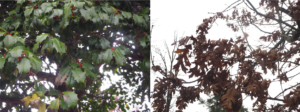
To the left is an American Holy which is native to North Carolina, yet due to the placement of the tree, it was most likely replanted. To the right is a White Oak marked by its smooth U-shaped sinuses. Similar to Burlington the cold weather in Ashville has made this tree lose its chlorophyll to preserve energy. In addition, this oak was most likely replanted due to how it appears within a playground.
Another feature that can be observed here is mammal activity. It may not be as visible as in Burlington with the use of snow, yet mammals such as eastern grey squirrels can be observed. For example, I saw a pair of squirrels chasing each other through a myriad of eastern white pines ending at drinking from the lake. Once again its spring here and can be seen through the blanket on pollen brought to the shore. With the number of flowering plants nearby the pollen has accumulated on the lake’s surface. After drinking the same pair of squirrels had lemon-yellow on their lips and went off back into the pines. This reflects how later on at my phenoplogy spot I will be no longer able to see as much mammal activity, yet be able to see interesting mammal interactions with the landscape.
- Pollen blanketed on the water’s surface and was blown towards the edges of the pond.
- This eastern grey squirrel is feeding on a branch on a unidentified tree species.
My favorite aspect looking between Jullian Pond and my phenology spot is the difference in bird species. All of the birds that I saw at Jullian Pond can be see at phenology spot and Vermont, yet the presence of these birds was overwhelming. In total, I observed Carolina Chickadees (closely related to Vermont’s Black-Capped Chickadees), Northern Mockingbirds, Golden Kinglets, Northern Cardinals, Mallards, Mourning Doves, House Sparrows, Song Sparrows, Canada Geese, American Crows, Wood Ducks, Domestic Ducks and Geese, American Robins, Eastern Phebes, Brown Creepers, Red-Bellied Woodpeckers, and most importantly American Coots. American Coots are a rarity in Vermont, yet a common staple to Ashville. Swimming amongst the domestic ducks, geese, and mallards these surprisingly small aquatic avians were close to the shore and even wondered near me. When on land their green segmented-like feet grappled against the rocky grains of the shore leaving me in complete shock. They fed with the nearby mallards and geese looking like a sparrow next to an eagle. They did not engage with each other that much, yet this same unique species interaction can be found at my phenology spot. For example, in September I was able to see interactions at the retention pond between wood ducks and Canada geese, crows and turkey vultures, and even grey catbirds and red-winged blackbirds. Furthermore, I look forward to seeing the return of neotropical migrants such as phebes back to Burlington, yet are fun to see here in North Carolina. In conclusion, looking at Jullian Pond I look forward to seeing these returning birds, trees, and weather back at my phenology spot in Burlington.

American Coot
- Canada Geese
- American Crow
- Carolina Chickadee
- Northern Cardinal
- Red-Bellied Woodpecker
- Golden-Crowned Kinglet
- Northern Mockingbird
- Brown Creeper
- Mallard
- American Coot and Mallard
- Song Sparrow
- Eastern Phebe
